As readers increasingly rely on smartphones and social media to stay informed, newspapers cannot afford to be left out. It is not just about digitizing content, but also a strong shift in thinking, requiring all content production and distribution processes to prioritize digital platforms: websites, mobile applications, social networks, podcasts, online videos ...
Vietnam News Agency (VNA) is one of the leading agencies in digital transformation to adapt to the development trend of modern media. It focuses on digitizing data and applying software to speed up editing and producing news articles. In addition to traditional text news, VNA promotes the development of electronic information, enhances the production of television news, photos, graphics, podcasts, videos and other multimedia products to suit the trend of news consumption on digital platforms.
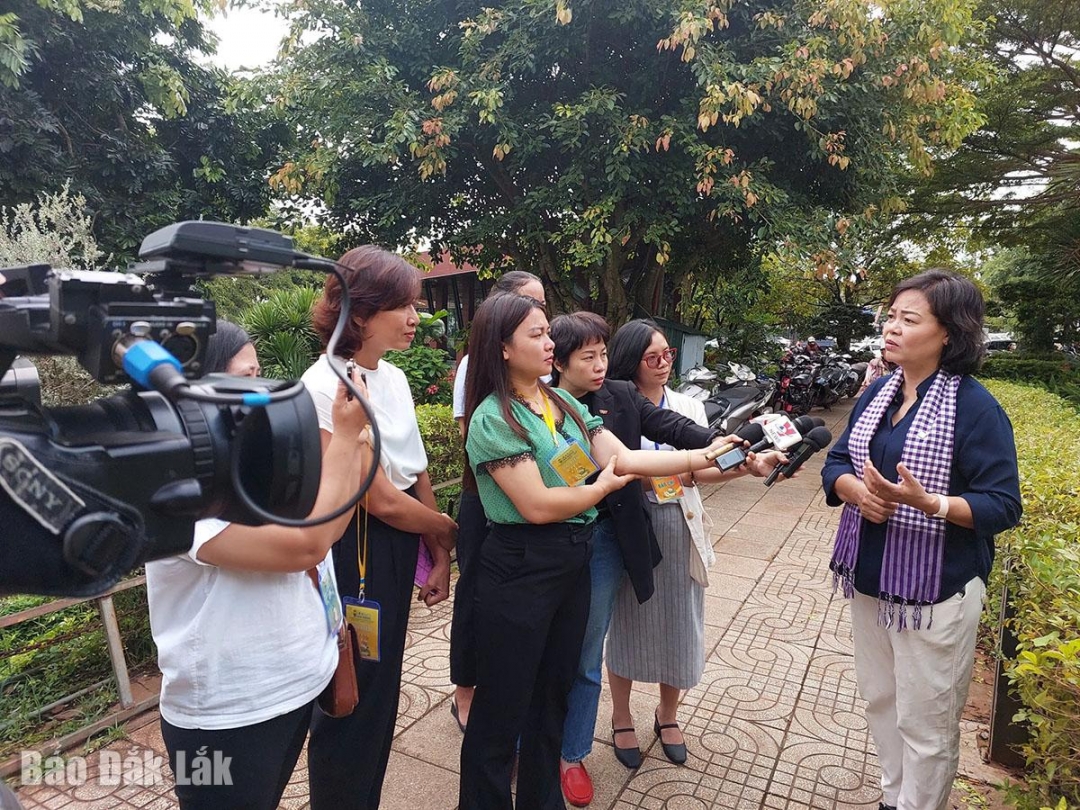 |
| Reporters working at the 2nd Krong Pac Durian Festival in 2024. Photo: Van Tiep |
The digital platform also opens up a two-way interactive channel, allowing readers to comment, share, contribute, and even directly participate in the content production process through surveys or feedback. Collecting and analyzing behavioral data helps the newsroom understand the interests and needs of each reader group, thereby personalizing content, creating unique reading experiences, enhancing engagement, and building a community of loyal readers. "Digital first" promotes a converged newsroom model, where the boundaries between traditional departments are blurred.
Modern content management tools (CMS) and the support of artificial intelligence (AI) in spell checking, translation, summarizing or even topic suggestions, help shorten production time, increase productivity and minimize errors, freeing up labor to focus on core values.
VTV Digital is a typical example of applying a converged newsroom, integrating multi-platform content production to optimize resources and meet diverse audience needs.
The Voice of Vietnam Central Highlands (VOV Central Highlands) resident agency is simultaneously organizing the production and broadcasting of 6 programs in the ethnic minority languages of the Central Highlands (Ede, J'rai, Ba Na, Xe Dang, K'Ho, M'nong) and operating websites in 6 ethnic minority languages in the Central Highlands.
Journalist Le Hai Son, Director of VOV Central Highlands region, said that the unit has proactively applied information technology in document management, actively deployed application solutions to build a digital working environment, and managed the digital signature system in editing and approving ethnic minority language radio programs.
He also said that in the digital age, information comes from many sources and diverse opinions. Therefore, the press needs to change its thinking, become an information leader, know how to listen and interact with the community. At the same time, reporters also need to have a digital mindset, using technological tools to search, process and disseminate information more effectively.
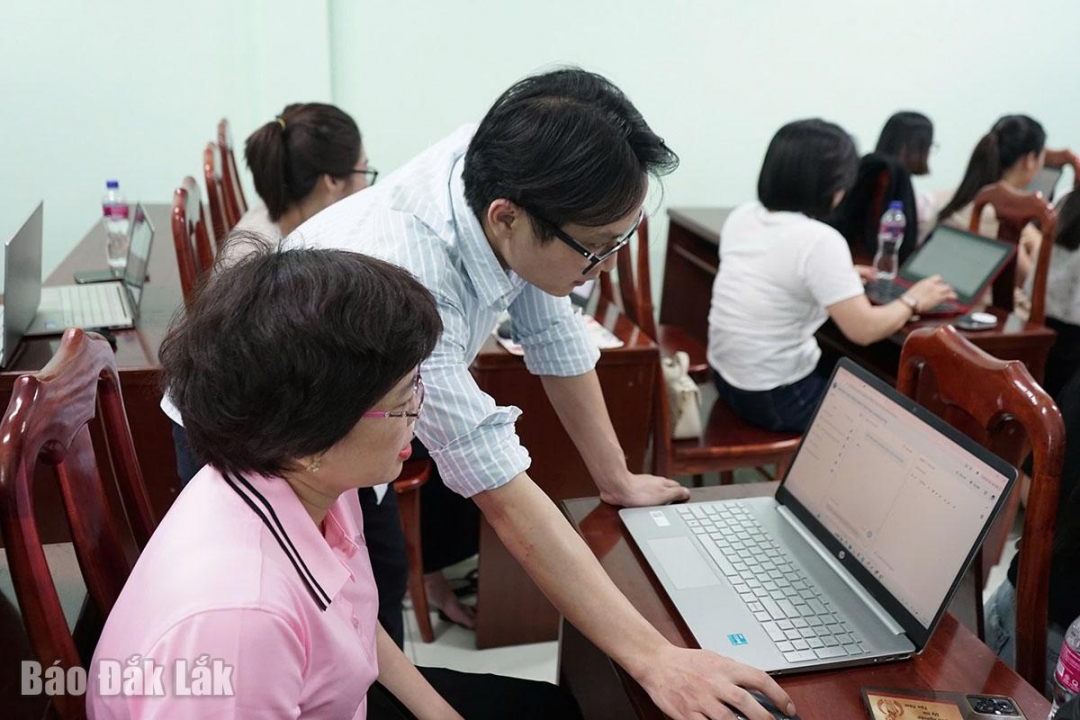 |
| Lecturers guide journalists on how to use AI technology in creating journalistic products. |
Affirming that the key factor of digital transformation is the change in journalistic thinking, Mr. Phan Anh Dung, Head of VNA Resident Office in Dak Lak, said that from mainly producing traditional news and articles in text, reporters and editors also need to familiarize themselves with and develop skills in producing multimedia content such as photos, videos, infographics, and podcasts. The application of modern tools and software helps to collect, process, and edit news and articles more quickly and flexibly, meeting the immediate requirements of modern journalism.
Vietnam's digital transformation aspiration has been clearly demonstrated through Decision No. 749/QD-TTg, dated June 3, 2020 of the Government approving the "National Digital Transformation Program to 2025, with a vision to 2030" with dual goals: developing digital government, digital economy, digital society, and forming Vietnamese digital technology enterprises with global competitiveness.
In the field of journalism, digital transformation has been a matter of particular concern since the end of 2019, when awareness of the risk of falling behind became more urgent than ever. Many press agencies have taken initial steps, but this journey is still fraught with difficulties, especially three core challenges. The first is the level of readiness for digital transformation in terms of infrastructure and equipment - not every newsroom has enough resources to invest. The second is human resources with specialized digital skills and innovative thinking. And the third, considered a vital challenge, is the capacity for digital transformation in journalistic content creation - the ability to produce news that is not only fast but also suitable for the characteristics and requirements of the digital environment.
Mr. Le Quoc Minh, Editor-in-Chief of Nhan Dan Newspaper, Chairman of the Vietnam Journalists Association, has repeatedly affirmed in seminars and forums on digital transformation of the press: "Digital transformation is first and foremost a transformation of thinking, not a mere technological story". This emphasizes the importance of human and cultural factors in the transformation process. This is a revolution in the thinking of operating a press agency in the direction of "multi-platform" and "digital first" - focusing on the digital platform first, and operating the entire system so that information spreads on all platforms where readers are present.
This journey requires the courage to change, strategic investment and a spirit of continuous learning. Only by prioritizing readers, maximizing the potential of technology and boldly reshaping business models can newspapers firmly master the digital platform and continue their mission of leading information and creating value for society.
Source: https://baodaklak.vn/xa-hoi/202506/don-bay-tu-digital-first-4c217f5/








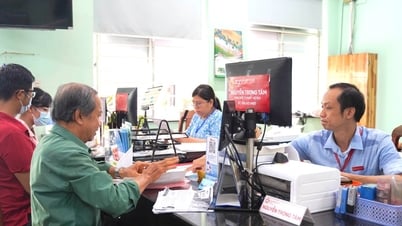

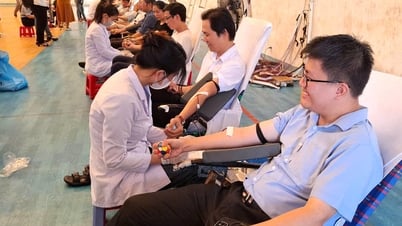





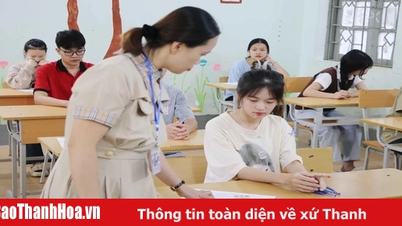































































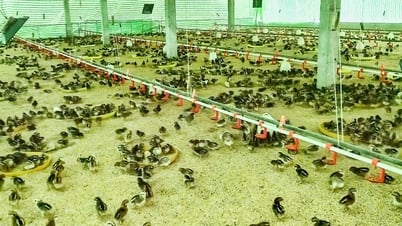






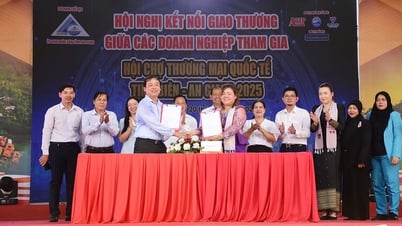







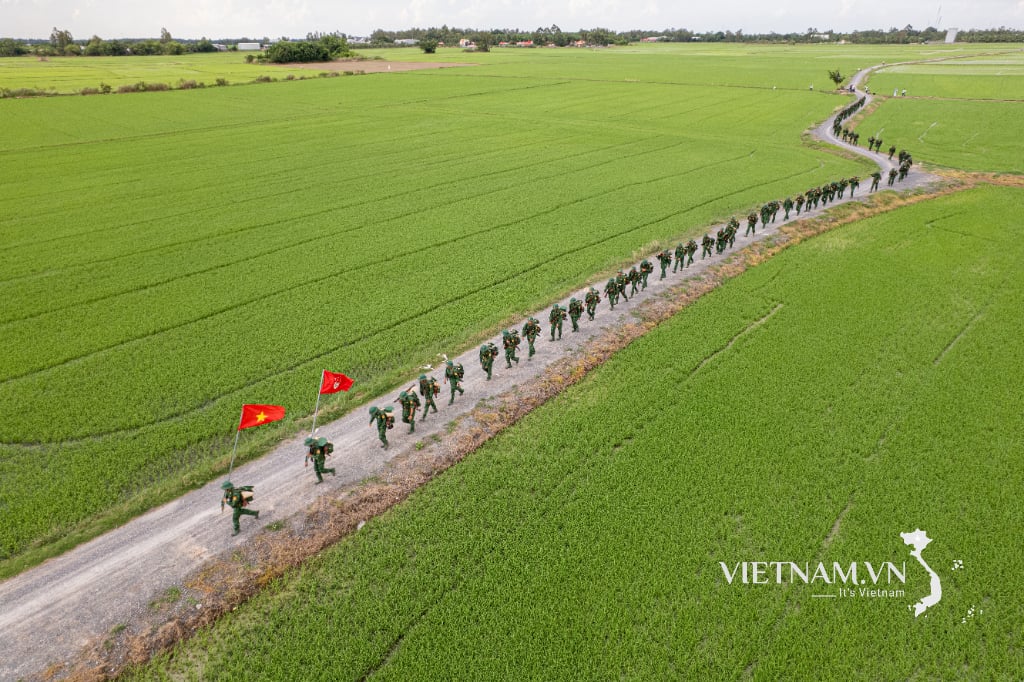


Comment (0)